Cryptolaemus montrouzieri
Ladybird beetle
The adult beetles as well as their larvae (grubs) seek the pests and feed voraciously on all stages. They often wipe out the entire pest colonies.
The lady bird beetles are being used for suppression of Aphids, mealy bugs in citrus, coffee, grapes, guava, ornamental and a variety of other crops.
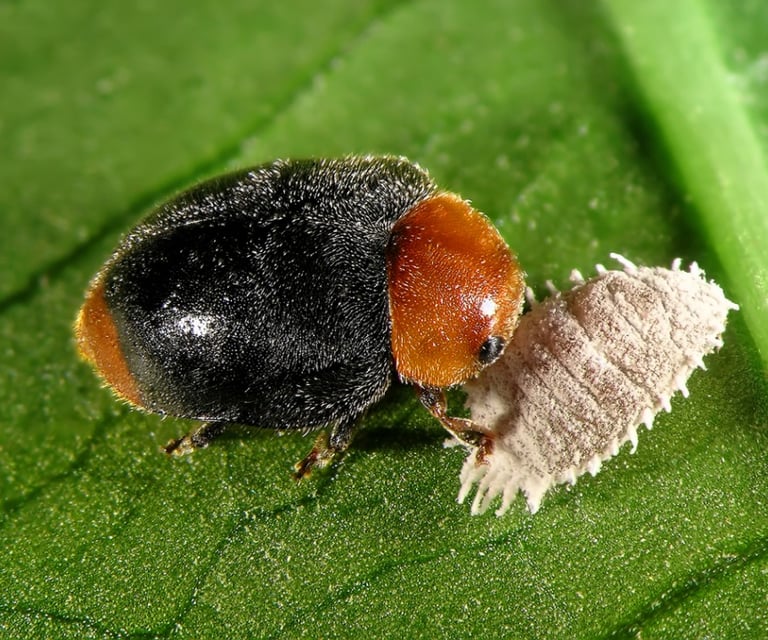

Field release & application
Before releasing in the field in the endemic areas, moderate to severely infested plants are marked.
Release of 10-15 adults / tree depending up on canopy and infestation once in a season
600 to 1000 grubs may be released per acre.
Chrysoperla carnea
Green lacewing
Although the adults feed on nectar, pollen and aphid honeydew, the larvae are active predators and feed on aphids and other seventy different prey species in five insect orders. It has been used in the biological control of insect pests on crops.
On crops, the larvae have been reported as attacking several species of aphids, red spider mites, thrips, whitefly, the eggs of leafhoppers, leaf miners, psyllids, small moths and caterpillars, beetle larvae and the tobacco budworm.
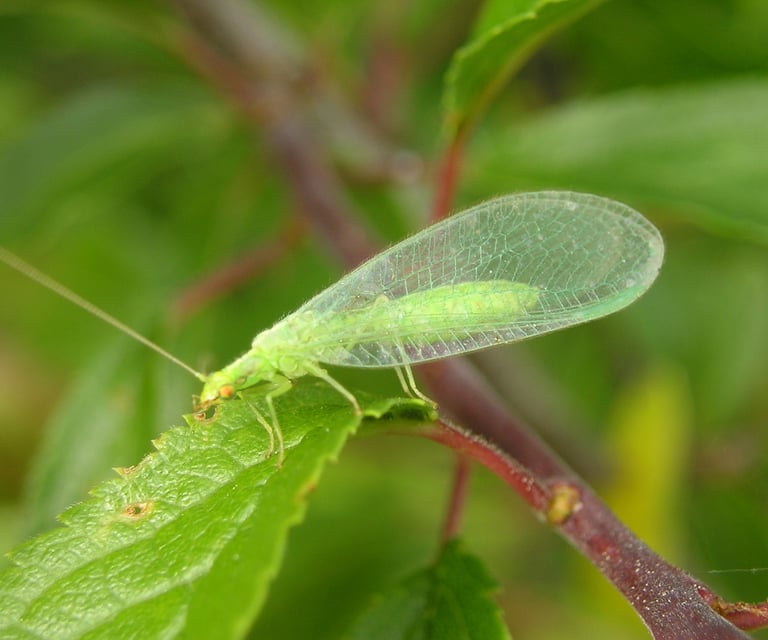

Field release & application
Before releasing in the field in the endemic areas, moderate to severely infested plants are marked.
Release of 40-50 eggs (1strip)/tree depending up on infestation or Boxed eggs can be tied under shade of the twigs
10000 eggs may be released per acre (1 egg card contains 1000 - 1200 eggs)
Allograpta obliqua
Hover flies
Allograpta obliqua is a common North American species of hoverfly, commonly known as oblique streaktail. The larvae are insectivores and prey on aphids, thrips, and other plant-sucking insects.
Hover flies, also called flower flies or syrphid flies, make up the insect family Syrphidae.
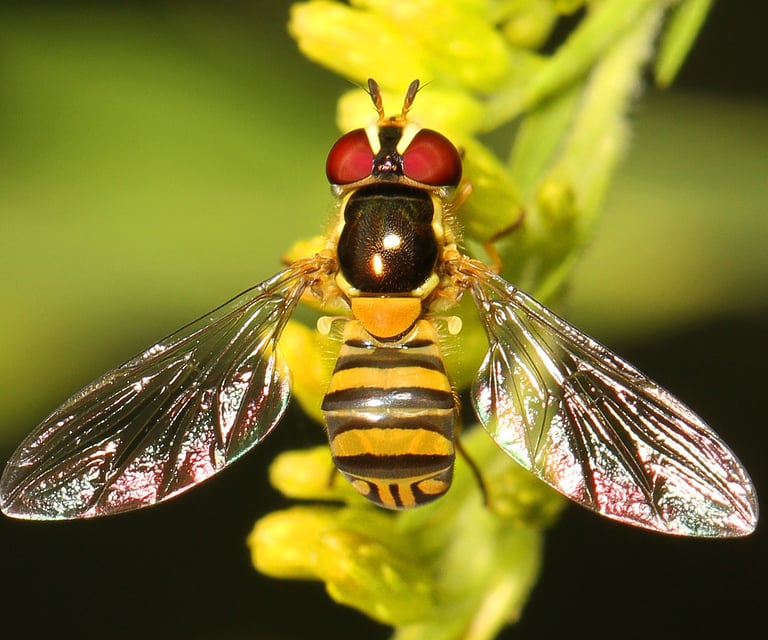

Field release & application
Before releasing in the field in the endemic areas, moderate to severely infested plants are marked.
Release of 20-40 larvae / tree
10000 larvae enough to control pest population at 1 acre.
Blaptostethus pallescens
Anthocorid bug
Anthocoridae is a family of bugs, commonly called minute pirate bugs or flower bugs. Blaptostethus pallescens Poppius is an important predator of vegetable pests in tropical regions. Anthocorid bug. B. pallescens is highly effective on crops infested with broad mite, red spotted mite and thrips. Cotton, Vegetables, Fruits, Flowers, Spices, and Plantation crops
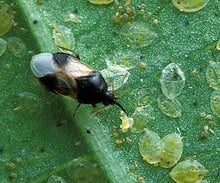

Field release & application
Before releasing in the field in the endemic areas, moderate to severely infested plants are marked.
Release of 50 nymphs per plant/tree
Release 10000 nymphs / adults per acre
Hang box method is suitable for release
Amblyseius tetranychivorus
Predatory mite
This predatory mite belongs to Phytoseiidae family at both nymph and adult stages are aggressively feeds on eggs, nymphs, and adults of Red spider mite/ Two spotted mite.
A single predator can feed at average of 250eggs, 150 nymphs, and 70 adults of red spider mites within 72hrs.

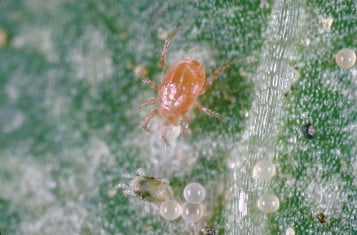
Field release & application
Highly effective on crops infested with red spotted mite and thrips.
Cotton, Vegetables, Fruits, Flowers, Spices, and Plantation crops
Release 10000 nymphs / adults per acre
Hang box method is suitable for release









